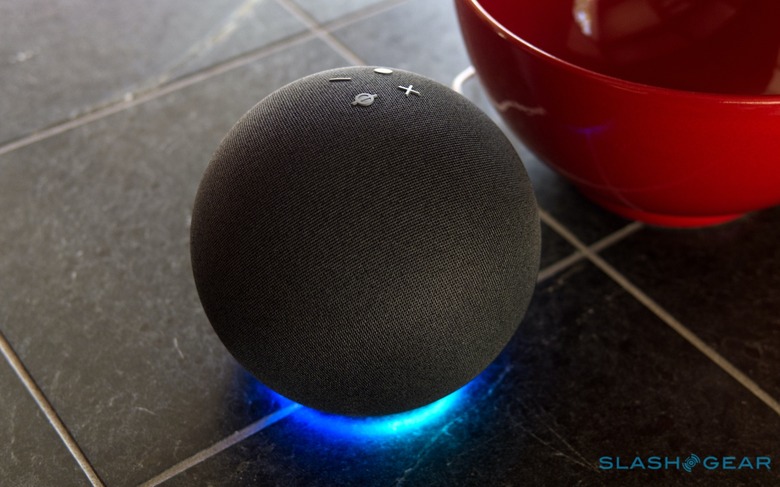Amazon Sidewalk 101 - A Neighborhood Network For The IoT
We may receive a commission on purchases made from links.
Amazon Alexa has colonized the smart home, and now Amazon Sidewalk is coming to spread a shared network around your neighborhood. Both similar and different to mesh WiFi systems in approach, Sidewalk isn't just one wireless standard but a whole bundle of ways for Internet of Things (IoT) gadgets to get online, and future trackers to pinpoint your lost keys or pets. With a US switch-on soon, read on for what you need to know.
What is Amazon Sidewalk?
Sidewalk is another type of wireless network, using a variety of different protocols for communication between Sidewalk Bridges and compatible devices. They can use the 900 MHz spectrum as well as Bluetooth Low Energy (BLE) to intercommunicate, automatically picking the best route depending on range and power requirements. If the client device is close to a Bridge, it might use BLE; if it's further away, 900 MHz will add range though use more power as a result.
The Sidewalk Bridge also connects to your home internet, typically via WiFi. You won't need an extra router: many recent Echo and Ring products will also be able to act as a Sidewalk Bridge.
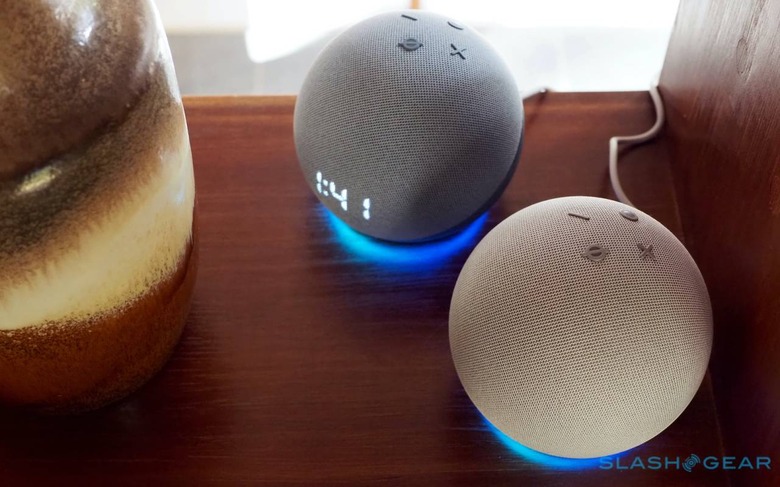
In return, Amazon uses a small portion of your home internet bandwidth for the Sidewalk Bridge – or several Sidewalk Bridges, if you have multiple devices installed – to communicate with its servers. Unlike how only your own devices use your home WiFi, though, Sidewalk networks are accessible by other Sidewalk-compatible devices. The section of bandwidth Amazon sets aside for Sidewalk could be used by a neighbor's devices as well as your own.
Why would I want Amazon Sidewalk?
As an example, think of a Ring Floodlight Cam spotting some movement in your garden. It could use a Sidewalk network to send out a notification that movement has been identified, but it will theoretically connect to whichever Sidewalk network is closest.
If your Ring camera is far down your driveway, that could mean that the strongest Sidewalk connection is actually that of your neighbor. Or, maybe you have a Sidewalk-compatible motion sensor on your mailbox: it could be outside of WiFi range from your router in the house, but within Sidewalk range of your neighbor's network. They'll be able to get online, even though your WiFi doesn't reach, or if it goes offline.
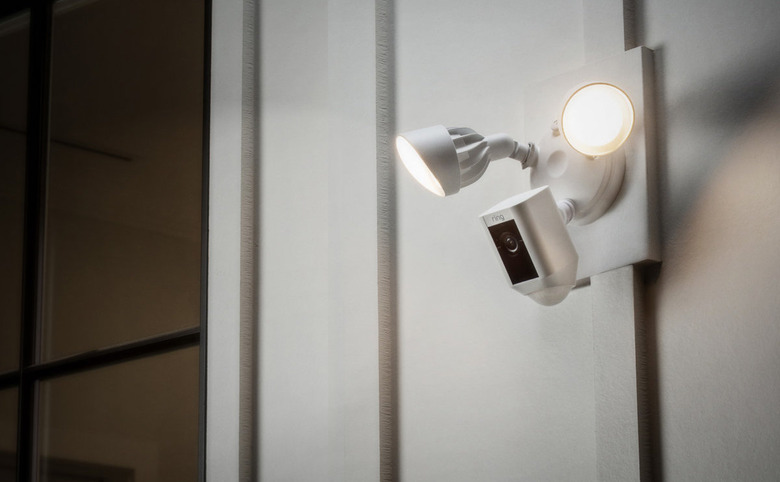
It's not designed to replace your WiFi, though. Most of the time, your Echo and Ring devices will still use your regular internet connection to get online, stream music and video, and do all of their other usual functions. That's mainly because Sidewalk's bandwidth is much smaller than WiFi's, and so Amazon is prioritizing relatively low-bandwidth functionality such as sensors, important alerts, and smart locks.
How do I know who's on my Amazon Sidewalk network?
The short answer is: you don't. Amazon encrypts all of the traffic sent across Sidewalk bridges, and through the chunk of your internet connection it uses, in the name of individual customer privacy. That means not only can you not see what data is being transferred, you won't know where it's coming from either.
The same goes for your Sidewalk-compatible devices, with Amazon making no provision for showing you which Sidewalk Bridge they're connected to. You'll see that they're online, of course, but not by which route that's happening.
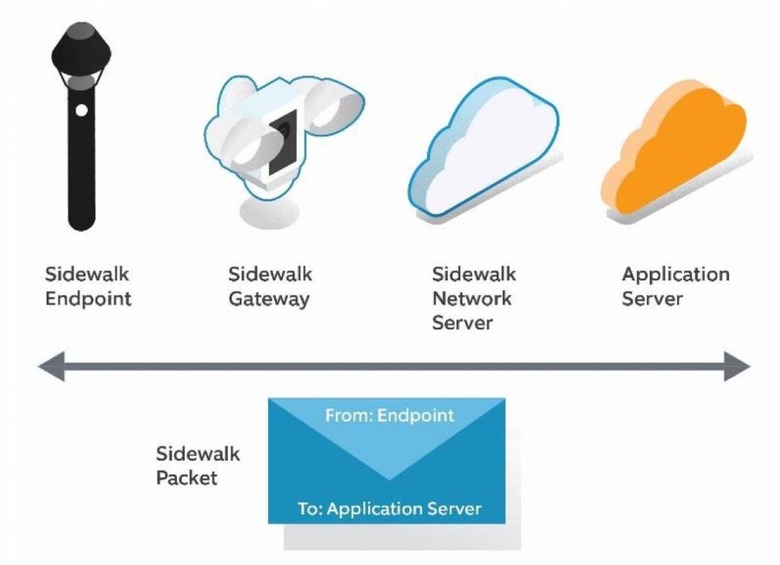
Each Sidewalk device – also known as a Sidewalk Endpoint – gets a special Sidewalk-ID, which is used to route the data to the correct server. The server automatically changes both the Sidewalk-ID and the transmission IDs every fifteen minutes, to help prevent devices from being tracked, or specific devices being associated to specific users. There's more information on the technical side in Amazon's white paper.
As for legal requests for data, Amazon has a policy there, too. "Amazon does not disclose customer information in response to government demands unless we're required to do so to comply with a legally valid and binding order," the company says. "We routinely object to overly broad requests by law enforcement. Our data minimization policies and encryption policies reduce the scope and usefulness of data that we would be able to produce if legally required."
Is Amazon Sidewalk going to make me hit my internet data cap faster?
With even "unlimited" home internet connections typically having some small print about just how much data you can use in a month, it's no surprise that figuring out how Amazon Sidewalk might contribute to that usage is important. Amazon, though, insists that the bandwidth demands of its private networks are actually relatively low.
The maximum bandwidth that a Sidewalk Bridge, like an Echo, will take up to the Sidewalk server is 80 Kbps, Amazon suggests. That's the equivalent of about 1/40th of the bandwidth which streaming the average high-definition video would require. Amazon caps the total monthly data that your Sidewalk-enabled devices will use to 500MB.
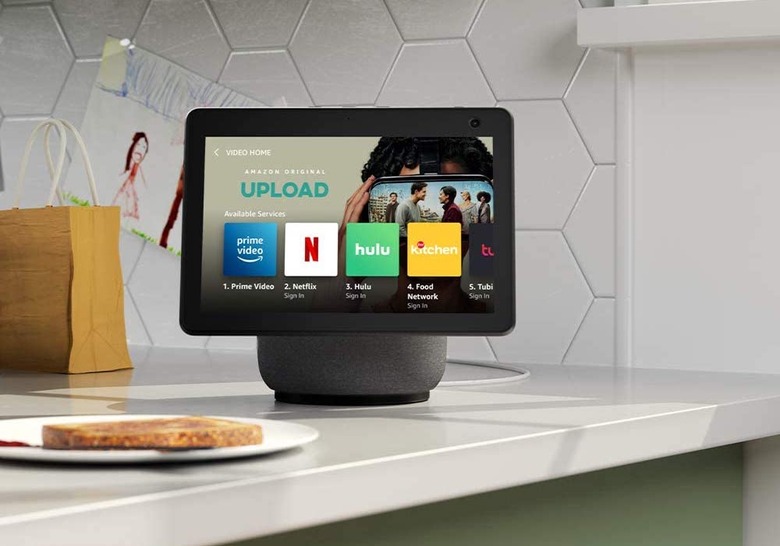
Do I have to use Amazon Sidewalk? Can I opt out of Sidewalk?
Amazon is, unsurprisingly, fairly gung-ho about Sidewalk's potential. Not only does it promise to make onboarding new smart home and connected security devices more straightforward – and reconnect them if they drop offline – it also should also address several pain-points for users that might be stopping them from buying more products. Since Sidewalk networks can potentially bring coverage to areas where your regular WiFi doesn't reach, you might find that you're able to fit in an extra Ring Spotlight Cam or some other device.
As Sidewalk networks build out, meanwhile, more persistent coverage paves the way for other new features. Locating tags are one such option, taking advantage of Sidewalk ubiquity and its low power transmissions to make tracking down your dog, keys, wallet, or anything else more straightforward and pervasive. It won't just be Amazon gadgets using that: other companies, like Tile, have signed on to use Sidewalk too.
All that depends on Sidewalk gaining traction, and Amazon isn't leaving anything to chance there. By default Sidewalk will be turned on, though you can turn it off if you prefer. The option for that is in the Amazon Alexa app for iOS and Android. Tap More > Settings > Account Settings > Amazon Sidewalk to find the toggle control. If you do disable Sidewalk, you won't have access to neighborhood Sidewalk networks of course.
Which devices are Amazon Sidewalk compatible?
If you've bought a recent Amazon Echo or Ring device, it may well already be compatible as a Sidewalk Bridge. On the Ring side, the Ring Floodlight Cam (2019), Ring Spotlight Cam Wired (2019), and Ring Spotlight Cam Mount (2019) are all capable of acting as Bridges.
The Echo list is even longer. That includes the Echo (2nd Gen), Echo (3rd Gen), Echo (4th Gen), Echo Dot (2nd Gen), Echo Dot (3rd Gen), Echo Dot (4th Gen), Echo Dot (2nd Gen) for Kids, Echo Dot (3rd Gen) for Kids, Echo Dot (4th Gen) for Kids, Echo Dot with Clock (3rd Gen), Echo Dot with Clock (4th Gen), Echo Plus (1st Gen), Echo Plus (2nd Gen), Echo Show (1st Gen), Echo Show (2nd Gen), Echo Show 5, Echo Show 8, Echo Show 10, Echo Spot, and Echo Studio.
As for which devices can connect to Sidewalk, obviously anything that can act as a Bridge is also Sidewalk client-enabled. Amazon says it's working with device and accessory-makers on more gadgets which will use Sidewalk to get online, though there'll be some criteria they need to satisfy first. Only authorized Sidewalk devices will be able to connect, proving they meet certain standards like having low bandwidth requirements.

